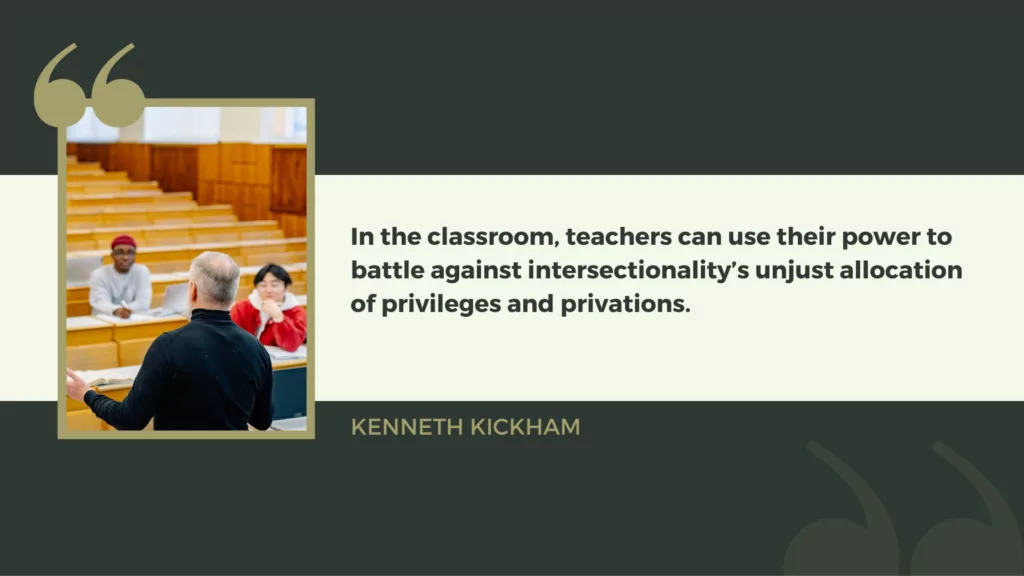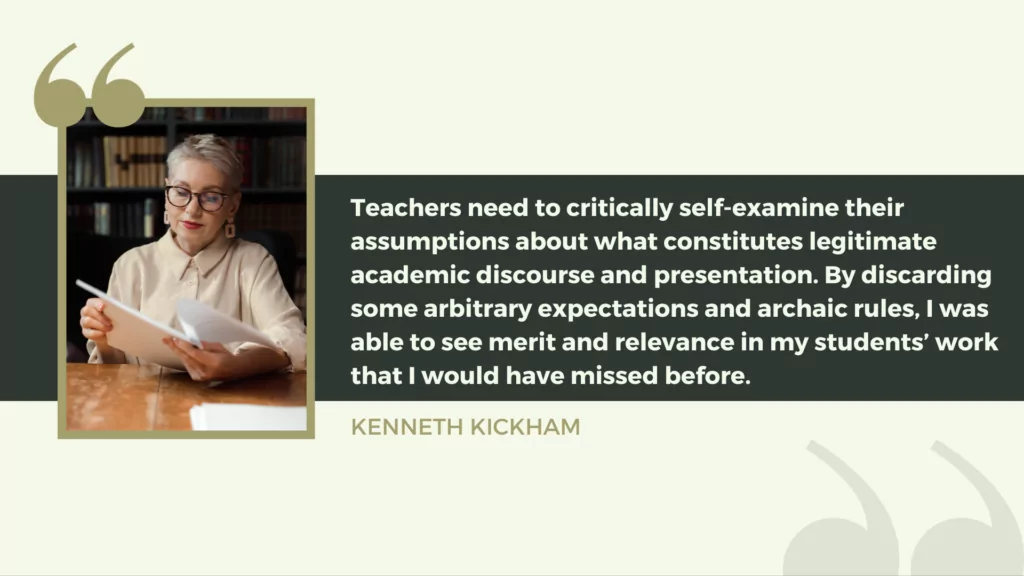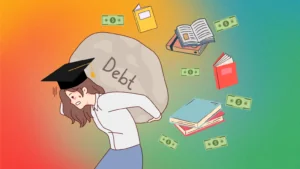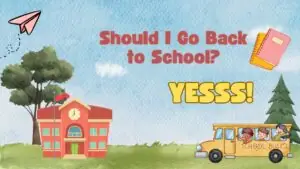Teachers occupy a position of power in relation to their students. While students are often presumed to thrive or struggle in the classroom depending on their own capabilities and efforts, this “merit” perspective tends to ignore the impact teachers have. In the best scenario, a teacher combines subject matter competence with sound instructional practices. Unfortunately, teachers are as susceptible as anyone to their personal biases, which can cause disparate treatment of students based on race, class, and/or sexuality.

✅ AI Essay Writer ✅ AI Detector ✅ Plagchecker ✅ Paraphraser
✅ Summarizer ✅ Citation Generator
Key Takeaways
- Gender and race bias have a long history in American society, including systems of education.
- Teachers must critically evaluate their own biases.
- Meaningful classroom dialogue acknowledges and challenges the compounding effects of subjugation and privilege.
The Deep Roots of Discrimination
The term “intersectionality” has grown out of prominent critical perspectives highlighting discrimination based on race and gender—the intersecting of multiple inequalities. Overlapping forms of oppression combine to systematically marginalize people. Currently, discussions of intersectionality function as both descriptions and critiques of any kind of discrimination across the globe, including classroom discrimination.

Dating back more than a century, scholars have documented gender and race bias. Anna Julia Cooper, a Black female scholar writing in the 19th century, argued against gender and racial segregation in education on both moral and practical grounds. More recently, twentieth century Black lesbian feminist socialist Audre Lorde, a member of an interracial couple, wrote at length about the intersecting and compounding oppressions rooted in age, race, class, and sex.
Injustices brought about by intersectionality are context-specific, suggesting that at different times and in different places the marginalization of oppressed groups and individuals may be either intensified or attenuated. In the classroom, teachers can use their power to battle against intersectionality’s unjust allocation of privileges and privations.
How Teachers View Students
In conducting and observing hundreds, maybe thousands, of college classes over the past four decades, I feel safe in saying that teachers do exhibit bias in how we view students. We are only human, and therefore far from perfect. Personal bias might not matter so much if not for the near-total control a professor has over how a class is structured and carried out. From textbook selection to calling on favorite students to subjectively grading essays and exams, the way we do education leaves a lot of room for harmful bias.
As classrooms have become more diverse, traditional gender, race, and class biases now interact with sexuality and sexual identity in a more complex tapestry of discrimination. Sometimes, for example, well-intentioned professors may give students extra latitude regarding their performance due to sympathy regarding the discrimination they endure on a daily basis. More frequently, I suspect, fallible habits of mind take over, leading to judgement of these students that is harsher than deserved.
The conscientious educator must guard against any inclination to dispense differential treatment based on irrelevant personal characteristics or ascribed roles in society. Fortunately, educators have developed an array of techniques and strategies for avoiding discrimination and mitigating its punishing effects.
Classroom Strategies for Addressing Racial, Gender, and Class Differences
The most basic strategy for addressing diversity in the classroom is to internalize the fact that group membership is actually a social identity. This applies to teachers and students alike. An individual’s identity is socially constructed and culturally relevant. As teachers, we must educate ourselves about the multiple potential identities, including those pertaining to ability, age, gender, ethnicity, religion, sexual orientation, socioeconomic status, and geographic origin. These sources of identity intersect, overlap, and change over time.

Bringing to the classroom a renewed sense of diversity, teachers can begin to structure student experiences around explicit appreciation of different identities as assets rather than deficits. As an example, I ran into trouble some years ago when teaching statistics because we traditionally had regarded gender as a binary variable—male or female. When I first encountered nonbinary students, I had to re-imagine gender as a multi-category variable and since then have taught the class differently. I found that discussing gender more inclusively got my students’ attention in a positive way, which is a major accomplishment for a statistics class.
Evaluating student performance also requires a shift in thinking. I found that many standards I had internalized didn’t actually fit an educational purpose. I began to be more elastic in what I regard as legitimate terminology and narrative structure. This evolution was difficult for me because I had always been rewarded for upholding standards that, in retrospect, seem quite arbitrary. Teachers need to critically self-examine their assumptions about what constitutes legitimate academic discourse and presentation. By discarding some arbitrary expectations and archaic rules, I was able to see merit and relevance in my students’ work that I would have missed before. Arbitrary standards tend to serve mainly as perpetuators of a status quo rather than as legitimate evaluative criteria.
Conclusion
If you have read this far, you might wonder if viewing diversity as an asset rather than a deficit is just a fancy way of “dumbing down” education. I couldn’t disagree more! No one is suggesting we abandon, for example, classic works of literature, philosophy, or science. What we must do, though, to maintain a society that benefits from education, is prioritize critical and analytical thinking. As teachers, we should not view ourselves as gatekeepers, sifting out the unworthy and shunting them off to lesser life pursuits. The basic idea of inclusion instructs us to meet our students wherever they are, value their multiple overlapping sources of identity, and partner with them in cultivating an enduring appreciation for what is known and can be known.
Useful Sources:
- 1 Cooper, C. W. (2003). The detrimental impact of teacher bias: Lessons learned from the standpoint of African American mothers, Teacher Education Quarterly 30(2), 101-116.
- 2 Gardner, J. A., & McKinzie, A. E. (2020). Embodying inequality: Using ethnographic data to teach intersectionality, Teaching Sociology 48(3), 184-195.
- 3 Cooper, A. J. (1892). A voice from the South: By a Black woman of the South. Xenia, OH: Aldine.
- 4 Lorde, A. (1984). Sister outsider: Essays and speeches. Berkeley, CA: Crossing Press.
- 5 Reigle-Crumb, C., & Humphries, M. (2012). Exploring bias in math teachers’ perceptions of students’ ability by gender and race/ethnicity, Gender & Society 26(2), 290-322.
- 6 Hylan, N. E. (2005). Being a good teacher of black students? White teachers and unintentional racism, Curriculum Inquiry 35(4), 429-459.
- 7 American University School of Education. (2023). Diversity in the classroom: Teaching, types, and examples. Washington, D.C.
Follow us on Reddit for more insights and updates.





Comments (0)
Welcome to A*Help comments!
We’re all about debate and discussion at A*Help.
We value the diverse opinions of users, so you may find points of view that you don’t agree with. And that’s cool. However, there are certain things we’re not OK with: attempts to manipulate our data in any way, for example, or the posting of discriminative, offensive, hateful, or disparaging material.